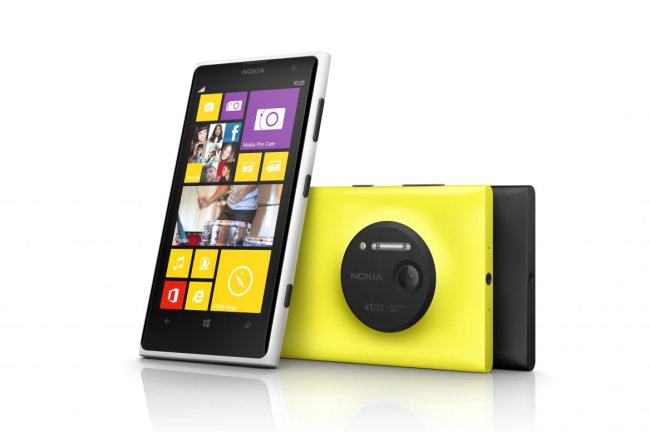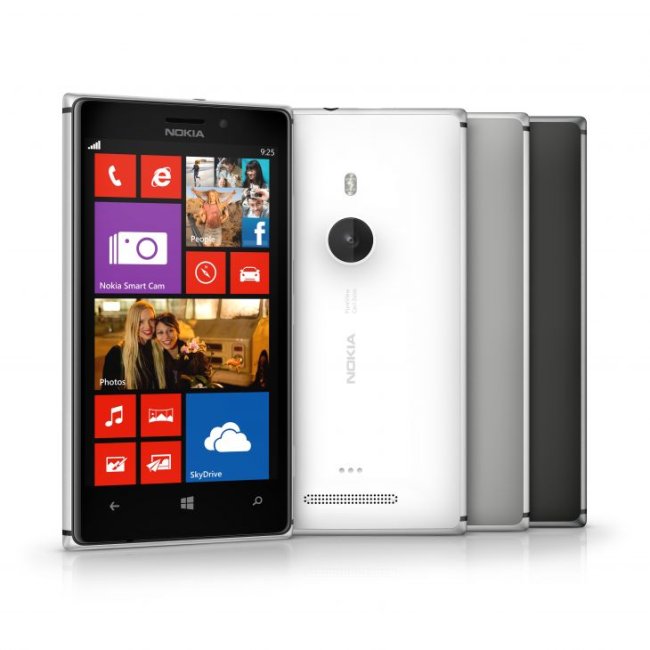Nokia vice-president for the UK, Ireland and Dubai Conor Pierce
Nokia’s decision to back the Windows Phone platform is bearing the mobile maker unexpected and unseasonably early fruit, says UK and Ireland managing director Conor Pierce. In particular, there is an opportunity to outflank BlackBerry and drive a wedge into large tracts of the business and enterprise smartphone market space largely unexplored by rivals Apple and Samsung.
Pierce, who headed up Nokia’s Irish division for a number of years before successfully running Nokia’s operations in Turkey, has for the past two years been the Finnish mobile maker’s managing director in charge of its UK, Ireland and Dubai markets.
In a sense this gives him an eagle’s-eye view of how Nokia’s turnaround is faring because one of the world’s biggest consumer markets – the UK – falls within his remit.
Two years ago, Nokia CEO Stephen Elop made his burn the boats on the beaches proclamation in a memo when he described Nokia’s existing Symbian strategy at the time as a “burning platform” and said the company needed to take a leap of faith into the churning and freezing waters if it wanted a chance of survival.
Nokia had two choices. It could have gone with Android and competed (and lost) against Samsung, which currently dominates the smartphone market by volume, or it could have gone with Microsoft’s then-fledgling Windows Phone operating system. It went with the latter and that appears to be the right choice from a future growth perspective.
While Nokia’s business overall is still struggling – second-quarter revenues came in at €5.6bn, down 24pc on last year – the company reported that sales of its new Lumia smartphones based on Windows Phone 8 were up 32pc to 7.4m handsets sold. This is just a sliver of the approximately 54m smartphones and feature devices that Nokia sold during the quarter, but it bodes well.
To put this in perspective, The Verge reported yesterday that Nokia sold more Windows Phone devices in the quarter than BlackBerry sold phones. Just over a year ago, BlackBerry was selling two devices for every Lumia that Nokia sold.
This momentum combined with a partner the size and scale of Microsoft that goes beyond operating systems to reaching the very sinews and arteries of productivity, cloud computing and the server operations of nearly every business and organisation on the planet, could see Nokia accelerate this lead.
Nokia is also winning back lost ground by coming up with attractive smartphones with the features consumers want, such as the recently launched Nokia 925 which comes with PureView camera technology, and the 41-megapixel Nokia 1020.
Sending ripples across a smartphone ‘sea of sameness’

The Nokia Lumia 1020
“It’s been a great journey,” Pierce explained with his characteristic enthusiasm. “We launched Lumia as a new brand in the smartphone race two years ago and it has been a battle, not only because we were in a challenged position but the competitive nature of high-end devices was getting more intense as the market became saturated.
“Hence our focus on innovation and coming up with the features people want. It has been phenomenally challenging but equally invigorating. We had to change the entire culture and attitude at Nokia and everything is different and there is a much bigger focus on consumers and our channel partners.
“Being a challenger requires a totally different mindset to what had been there in the past and the focus now is on bringing value to customers.
“Being challenging, innovative and delivering value is the only way we can succeed in breaking the two main forces in the smartphone world today and breaking the boundaries of what smartphones are perceived to be. That will take a lot of bravery and confidence on our part and it has not been easy to change the minds of consumers. But the momentum we’ve built is a good start.”
When Pierce left Ireland to work in Turkey several years ago, his colleagues gave him a mug that had the words “there is a way around everything” emblazoned on it.
“I enjoy being the challenger. We have to be optimistic and confident and have a single-minded belief that we can deliver this. When we launched Lumia two years ago we were entering a market that I can only describe as being a ‘sea of sameness’ – devices were black or white, they weren’t much different,” he said, pointing to similarities between Samsung’s Galaxy phones and the Apple iPhone.
After getting the technology right, the first thing he said that had to be tackled was the appearance of devices and hence the emphasis on lots of candy-coloured covers.
A salesman at heart, Pierce recognised that Nokia was unlikely to make any headway in the smartphone market unless all elements involved in the channel, from the distributors to the salespeople in stores, knew, understood and championed the capabilities of each device. Key selling features, such as the camera technology, services like Nokia Music and Here, as well as the quality of apps on the growing Windows Store, were critical to the turnaround.
“Apart from refreshing the design, the imaging capabilities of the devices differentiate us from the competition. Look at PureView, nothing comes near and the Lumia 925 with its six lenses and last week the 1020 that can take 41-megapixel photos – these are the fruit of years and years of R&D.”
Of hearts, minds and apps

The Nokia Lumia 925
Other services that Nokia hopes to win consumers over with include the Nokia Music service that has more than 22m songs for free, as well as Here Maps, which the mobile maker has opened up to the iOS and Android markets, too.
“There are currently 165,000 apps in the Windows Phone market and we are working with Microsoft and lots of developers to bring out the right apps that will enrich the smartphone experience.”
Pierce explained the emphasis is on quality apps, not quantity and said the intention is not to get into a numbers game with Google Play (800,000 apps) or Apple’s App Store (more than 900,000) but rather focus on delivering high-spec apps, such as a forthcoming new app called Job Lens, which Nokia worked on with Zillow, Facebook, LinkedIn, Salary.com and Dun & Bradstreet. Job Lens allows users to look through the phone’s camera viewfinder and by pointing at buildings see where jobs are available.
“When I say I spend a lot of time on hearts and minds,” Pierce said, as he tried to describe competing in one of the world’s biggest consumer markets, “it’s not just the consumers or the partners but all the hearts and minds of the channel, from the call centres to the online business and the retail store. You really have to put a lot of effort in to ensure everyone can sell this device with confidence and tell an incredible story, showing devices that have incredible features people are willing to pay for.
“We track the net promoter score of retail staff and I have to say it is growing. As a challenger we have found a way to spot problems, fix problems and find solutions and once everything works well we work with confidence.”
The starship enterprise
When it comes to working with software giant Microsoft, Pierce agreed there is a massive opportunity to usurp BlackBerry and swing by Apple and Google by providing CIOs with affordable smart devices they can equip their workforces with in a secure and productive way.
“If you look at what devices like the Lumia 520, which provides us with an opportunity to create mass and volume in the smartphone space, are actually capable of in terms of apps, maps and Office 365 and improved encryption levels, it is a huge opportunity for CIOs and Nokia to embrace. I’m happy to say mobile operators are looking at the business side of the market and are co-operating with us in providing the business market with real alternatives.”
While this bodes well as an opportunity, Pierce warned of many “hard yards” ahead.
“The key is to drive high awareness of the Lumia brand and the next step is to convert that interest and appetite into a switch to a Windows Phone. We will continue to work with Microsoft on that enormous potential in the enterprise space.
“My role is to get more phones into people’s hands and show how innovations on the Lumia 925 and 1020 are leading the charge,” he said.
“This is what the market needs, devices that break new ground and bring the market to life.”